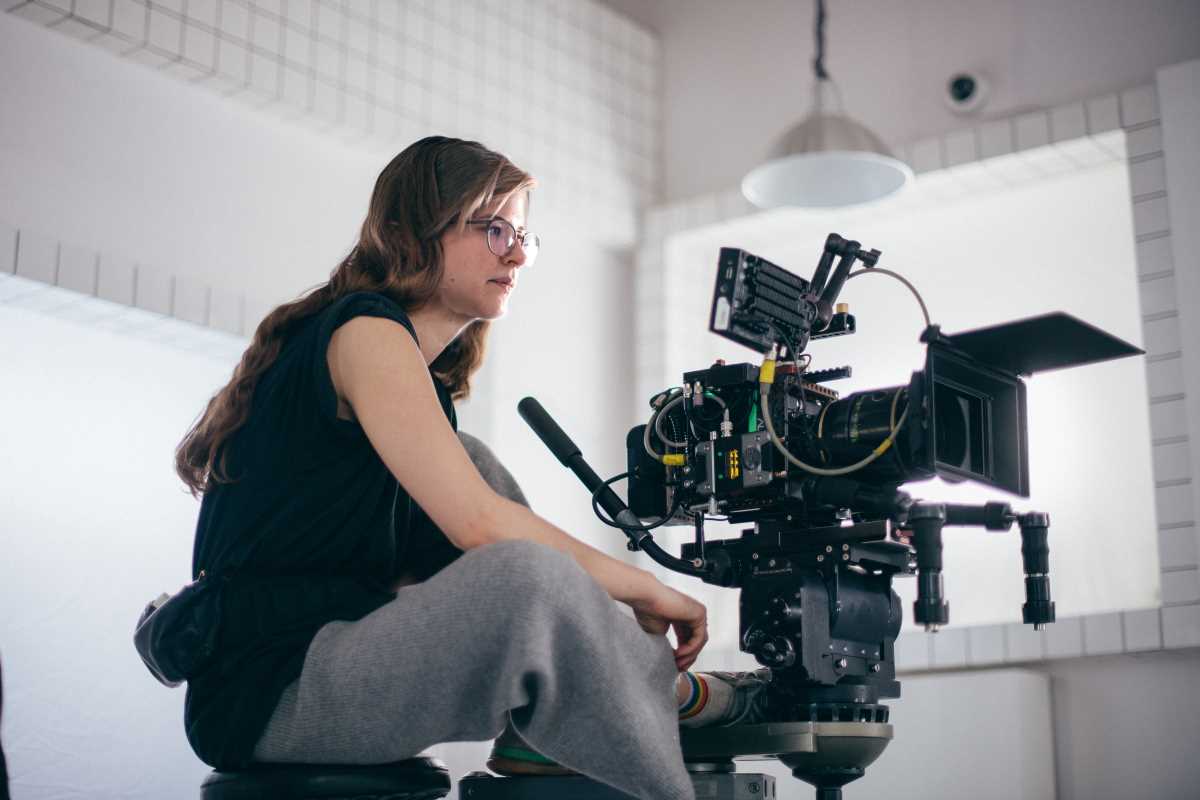The concept of the "male gaze" has been a hot topic in film criticism for decades. It refers to the way women are often portrayed in movies as objects of desire, viewed through a male perspective. This lens emphasizes their physical appearance, glamorization, or sexuality while sidelining their complexity, agency, or emotional depth. While Hollywood has made strides toward creating more layered and empowering stories for women, there are still many films where the male gaze prevails.
Even in recent years, with increasing awareness of how representation matters in media, some movies have been criticized for leaning too heavily on outdated, objectifying portrayals of women. These films often focus on how women look rather than who they are and reinforce stereotypes that don’t reflect the complexities of real life. Critics argue that this not only limits the way women are seen on-screen but also perpetuates harmful societal views about gender and power dynamics.
Below, we’ll take a closer look at six recent movies that have sparked conversations about the male gaze. Each one highlights how far the industry still has to go in terms of giving women and marginalized groups authentic and empowering representation in film.
1. Blonde (2022)
Directed by Andrew Dominik, Blonde aimed to explore the tragic life and inner struggles of Marilyn Monroe. Instead, the film faced heavy backlash for its treatment of the iconic actress. Many viewers felt that instead of giving Monroe agency or celebrating her humanity, the movie lingered on her suffering and trauma in ways that felt voyeuristic and exploitative.
One of the most criticized aspects of the film is its portrayal of Monroe’s nudity and vulnerability. While some argue that these depictions were meant to highlight her struggles within a male-dominated industry, others believe the film reinforces the very objectification it claims to critique. By repeatedly focusing on her trauma and overly dramatized personal moments, Blonde seems more interested in showcasing Monroe as a symbol rather than a real person.
This approach perpetuates the male gaze by framing Monroe mainly through how others saw her, rather than giving her control of her narrative. Instead of celebrating her talent and complexity, the film inadvertently reinforces the idea of her as an object of beauty and tragedy, which critics argue undermines its intended message.
2. Deep Water (2022)
Deep Water, directed by Adrian Lyne, is an erotic thriller that brought back the glamorous, suspenseful style of the 1990s. However, despite its modern release, the movie has been criticized for its dated and shallow portrayal of women, particularly Ana de Armas’ character, Melinda.
Throughout the film, Melinda is heavily sexualized, often presented as a femme fatale whose primary role is to provoke her husband, played by Ben Affleck. While the story revolves around their toxic marriage, much of the narrative doesn’t dig deeply enough into her motivations or personality. Instead, her character is designed to titillate or drive the male protagonist to act.
This lack of nuance reinforces the male gaze by reducing Melinda to an object of desire and conflict. Rather than having a fully fleshed-out character arc, she exists primarily to serve the narrative of the male lead. Although the genre is known for steamy and dramatic storytelling, Deep Water misses the opportunity to modernize these tropes and give its female characters more substance.
3. House of Gucci (2021)
Ridley Scott’s House of Gucci took audiences into the glamorous and scandalous world of the Gucci fashion empire. While the film tells the story of Patrizia Reggiani, played by Lady Gaga, critics have noted that much of her portrayal leans heavily on her appearance and allure rather than her complexity.
Even though the real-life Reggiani’s story is fascinating and filled with ambition, betrayal, and consequences, the film often frames her through visual cues of glamour and seduction. While Gaga gives a compelling performance, the camera frequently emphasizes her fashion and physical appearance, reinforcing the male gaze. Instead of fully unpacking her motivations or personality, the movie sometimes feels more focused on aesthetics.
This approach sidelines the nuances of Patrizia’s character and adds to the ongoing critique that Hollywood often glamorizes women’s stories rather than treating them with the same depth and seriousness given to male-driven dramas.
4. No Time to Die (2021)
The final James Bond film featuring Daniel Craig, No Time to Die, attempted to modernize the iconic character for a new era. While the film did introduce strong female characters, including Lashana Lynch’s Nomi as the new 007, it still fell short in some areas when it came to dismantling the franchise’s history of male gaze.
For example, female characters in the film, like Ana de Armas’ Paloma, are portrayed as capable and skilled but are also presented in traditionally attractive and often sexualized ways. Even when women are given agency, their roles are still framed in ways that cater to how they appear to the male characters and, by extension, the audience.
This conflicting approach highlights the struggle to move beyond the male gaze in franchises like Bond. While steps have been made toward progress, No Time to Die still reflects the deep-rooted prioritization of female appearance over character complexity.
5. The Voyeurs (2021)
Michael Mohan’s The Voyeurs centers on a young couple who become obsessed with spying on their neighbors. While the story builds on themes of curiosity and morality, it also heavily emphasizes women’s bodies in ways that many critics found unnecessary and reductive.
The film’s premise naturally involves people watching others, but much of that “watching” is pointedly focused on the undressed female body. Rather than exploring deeper questions about privacy and relationships, the movie leans into sensationalistic portrayals that feel more exploitative than thought-provoking.
This reliance on female nudity reinforces the idea of women as objects for visual pleasure, a hallmark of the male gaze. Critics argue that the film misses an opportunity to subvert expectations and challenge viewers to think critically about their own gaze.
6. Emilia Pérez (2024)
Jacques Audiard’s Emilia Pérez has stirred controversy even before its wide release. The film follows Manitas del Monte, a cartel leader who undergoes gender affirmation surgery to become Emilia Pérez. While the premise is provocative, critics have taken issue with how the narrative focuses heavily on the physical aspects of transition, neglecting the emotional and psychological complexities of transgender experiences.
LGBTQ+ advocates have argued that this portrayal perpetuates harmful stereotypes, presenting trans people in a superficial and sensationalized manner. Additionally, the film has faced backlash for its portrayal of Mexican culture and the narcotics trade, which some viewers have found offensive and reductive.
The criticisms surrounding Emilia Pérez highlight how the male gaze can extend beyond women to other marginalized groups. By framing the story around sensational elements rather than authentic representation, the film underscores the challenges Hollywood faces in telling diverse and inclusive stories responsibly.







